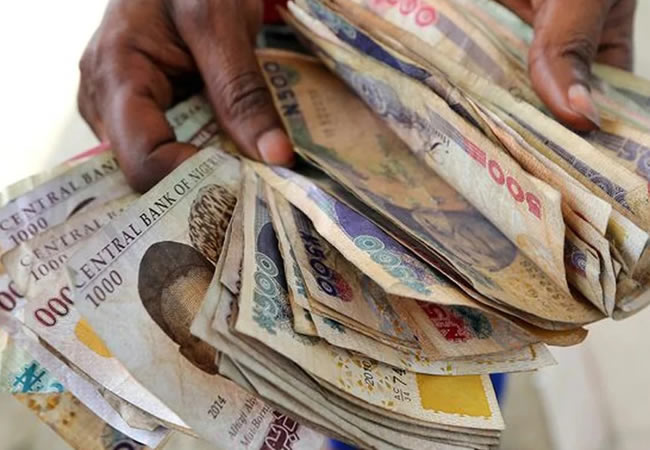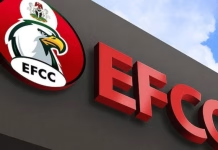Squeezed foreign currency availability coincided with increasing demand on the Nigerian Autonomous Foreign Exchange Market (NAFEM), which led to a weakening of the naira against the US dollar.
Since the central bank sold foreign currency to FX dealers in the informal sector, the exchange rate has begun to recover losses in the parallel market.
Early in the middle of the week, the Central Bank of Nigeria (CBN) requested that BDCs bid for $10,000 at the lowered spot rate of N1,021, which caused the FX spot rate at the parallel market to begin trading between N1230 and N1250.
The official Central Bank window’s exchange rate dropped by 5.1% to close at N1300.15 per US dollar, according to FMDQ Securities Exchange.
Last month, Naira pared back losses against the dominant US dollar to sub NGN1400 levels within the official section DUE to improve USD liquidity and CBN interventions within the N1300–1400/$ corridor.
While the authority denied defending the naira, FX subsidies at the informal segment have helped the official rate to reclaim value. Some manufacturers, and importers told MarketForces Africa that sometimes they channel FX requests to informal currency traders when there is an insufficient amount in the official market.
To them, the Bureau de Change or the informal currency traders are less bureaucratic and timely for some transactions that cannot really wait for banks to process for final approval.













